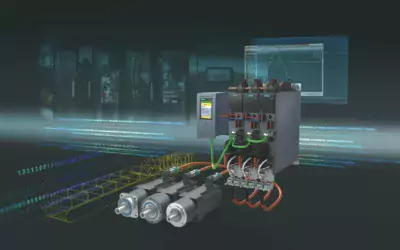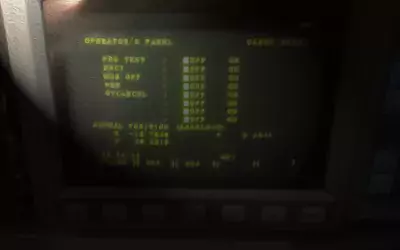A ballscrew is a type of linear actuator that uses balls rolling between a nut and threaded rod to convert rotary motion into linear motion. Ball screws are composed of a screw that is fitted with ball bearings. They’re one of several types of mechanical gears used in precision machines. There are many different types of linear actuators but ballscrews have some distinct advantages over other types: they deliver high stiffness, low backlash and high efficiency.
Ballscrews were invented in 1850 by two British engineers.
The ballscrew was invented by two British engineers: James Nasmyth and William Bridges Adams.
Nasmyth, who had previously invented the steam hammer, worked with Adams to create a new kind of screw that could be used in machine tools to move heavy objects around. The first machines they made were based on an idea from Josef Aloys Fuchs (another German engineer) who had developed a similar device but hadn’t been able to make it work properly.
Ball screws are composed of a screw that is fitted with ball bearings.
The ball bearings provide a low-friction surface for the balls to roll on, and they also provide a high-precision, low-friction surface for the balls to roll on.
Ball screws are used in many industries to provide precision, high-speed movement in various applications. For example, they are used in the aerospace industry as well as the medical industry. They are also used to drive machines that produce a variety of products such as screws and nuts.
Ballscrews are used in precision engineering and cnc machining. They can be found on a wide range of machines including lathes, mills and drill presses.
![THK-SBN-ball-screw-recirculating-rollers[1]](https://cncmachinetoolrepair.co.uk/wp-content/uploads/2023/02/THK-SBN-ball-screw-recirculating-rollers1-scaled-webp.webp)
How Do Ballscrew Work?
A ballscrew is a nut with helical grooves and a screw with balls rolling between the nut, the screw and its grooves when either the screw or nut rotates. The balls are routed into a ball return system of the nut and travel in a continuous path to the ball nut’s opposite end. Seals are often used on either side of the nut to prevent debris from compromising smooth motion.
Over the last few years, advances in manufacturing and materials have improved ballscrew performance so machine designers today can get better linear motion with them at lower cost. Some improvements include higher capacity from a smaller package, as well as faster ballscrews with rolled and ground screw manufacturing methods.
Ballscrews are usually classified according to factors such as lead accuracy, axial play and preload, and life/load relationship.
Lead accuracy refers to how precisely the shaft’s rotational movements are translated into linear movement. High lead accuracy and zero axial play can be achieved by precision grinding the ballscrew shaft and ensuring that there is no looseness between its threads and those of the nut with which it is assembled. Lower lead accuracy may be associated with lower-cost rolled ballscrews, while high lead accuracy and some axial play may be associated with higher-cost precision ground ballscrews. Fabricated by rolling or other means, ballscrew shafts yield a less precise but mechanically efficient design than precision ground ones do.
Axial play is the degree to which a ball nut can be moved in the screw axis direction without any rotation of either nut or screw.
Preload is applied to eliminate axial play and increase stiffness.
There are many different types of linear actuators but ballscrews have some distinct advantages over other types. They’re compact and lightweight, which makes them easy to integrate into your product. They’re also very accurate, which means you can count on them to move your products precisely where they need to go. And because ballscrews can be used to control motion in all three axes (x-axis, y-axis and z-axis), they can be used for any application that requires precise positioning or rotation.
Ballscrews are a very useful type of linear actuator that can be used in many different applications. They’re especially good for precision applications like those found in machine tools, but they also have some unique properties that make them an attractive option for other types of machinery as well.


